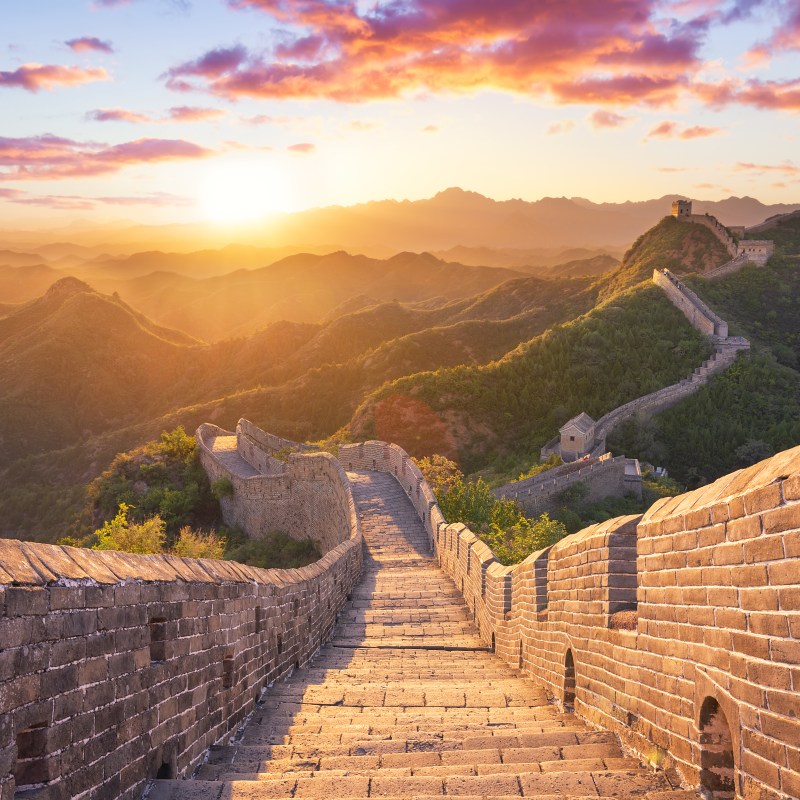
Back in 2001, a worldwide campaign was launched to invite the masses to take part in humanity’s largest public poll on record.
Videos by TravelAwaits
The goal? Select a new set of World Wonders, which would replace the Ancient Wonders of the World. That ancient set of wonders dates back to 1572 when European thinkers compiled the list based on historical sources.
Given the age of those original wonders and the half-millennium that has passed since they were named and published, the list includes mostly defunct and long-gone sites, from the Colossus of Rhodes to the Statue of Zeus.
Hence, the desire to push for a new and modern list of World Wonders—one that would reach further beyond the Mediterranean and Middle East, too.
Using a combination of online and telephone voting procedures, a Zurich-based organization called New 7 Wonders Foundation launched its grand poll.
That means two things. First, the New 7 Wonders of the World is based on opinion, and some believe that massive national campaigns helped some World Wonders make the list over others. It’s not objective by any stretch of the imagination.
Second, UNESCO has historically had beef with the New 7 Wonders Foundation, mostly because the foundation attempted to piggyback on UNESCO’s Millennium Development Goals.
Since then, UNESCO has sought to clarify that the 7 Wonders are a title alone. By comparison, UNESCO World Heritage Sites offer protective measures to preserve sites as shared human assets.
Controversies aside, the New 7 Wonders of the World include some of our planet’s top bucket list destinations. They regularly attract millions of visitors each year and show no signs of slowing down. You might want to have them on your radar, especially if you’ll be visiting their general location anytime soon.
Ready to uncover the New 7 Wonders of the World? Let’s dive in.
The new 7 wonders of the world
Great Wall of China, China
Built 700 BCE
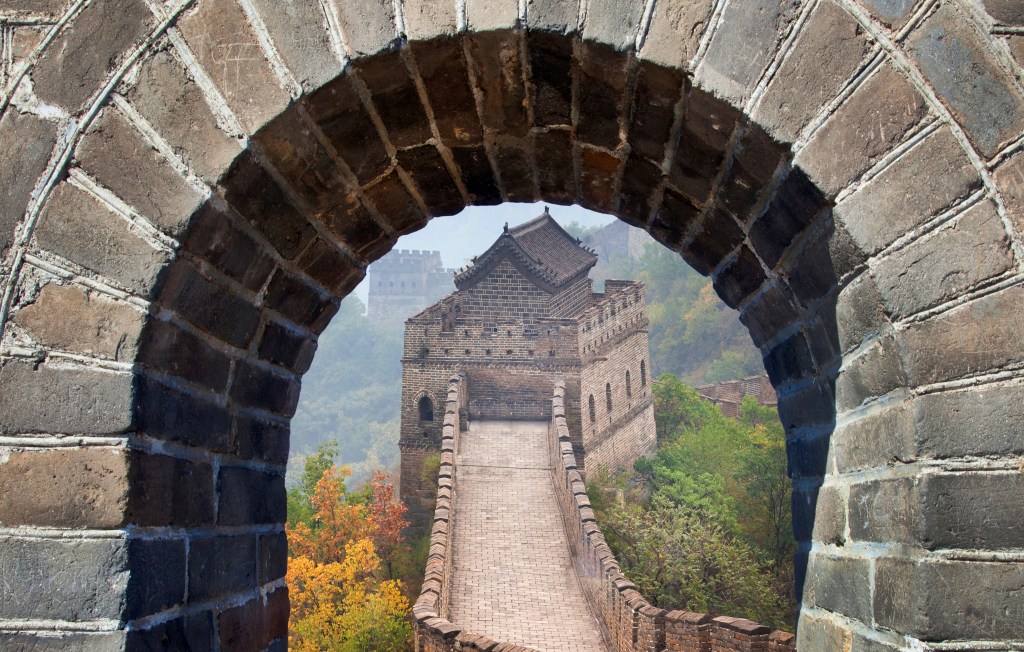
These famous fortifications were built to protect Chinese dynasties and states against the powerful, nomadic tribes of the Eurasian Steppe. The Great Wall of China also functioned as a border control wall for the Silk Road. However, it didn’t become a popular site for tourists until travelogues began circulating in the late 1800s.
Petra, Jordan
Built 312 BCE

Nicknamed the Rose City for its red sandstone rocks, this dramatic and rock-hewn location is truly iconic. It was originally a stronghold for the Nabataean Kingdom, where Petra served as a trading hub that specialized in incense.
Only the Nabataeans could thrive in the desert, as evidenced by Petra’s extensive rainwater collection systems. Unfortunately, the Romans took over in the first century CE, which began Petra’s downfall.
Colosseum, Rome
Built 80 BCE
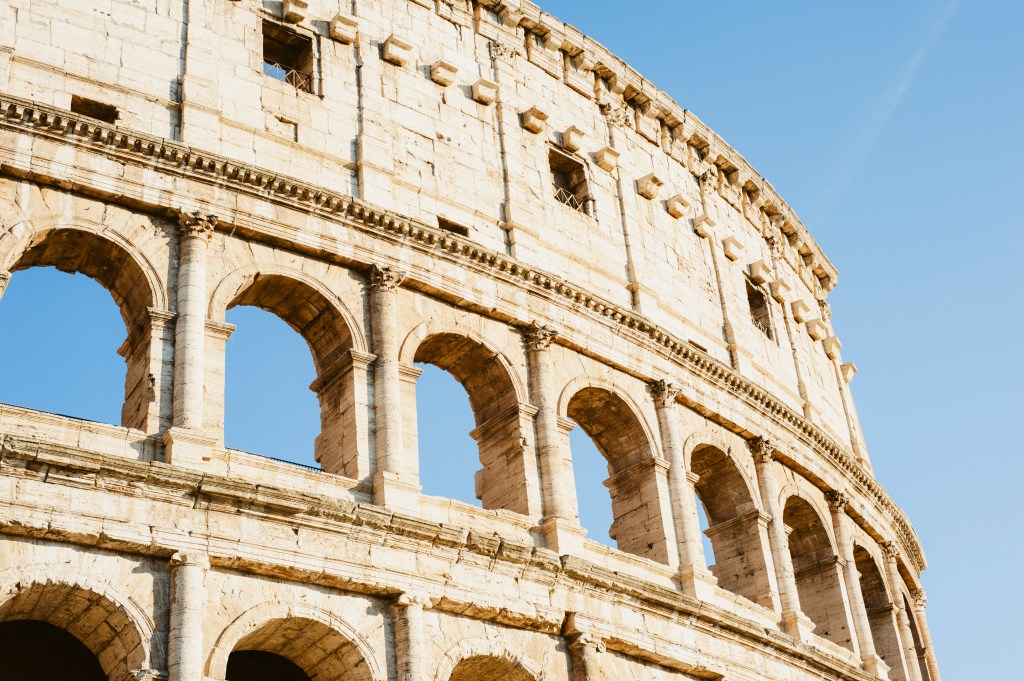
Speaking of the Romans, their famous Colosseum needs to introduction. Around the same time that the Romans were extending their rule to places like Petra, they were also constructing and expanding the Colosseum. (This period is known as the Flavian Dynasty, CE 69-96). It remained in use until the early Medieval era.
Chichen Itza, Mexico
Built 600 CE

Check the dates closely on Chichen Itza’s construction and that of Machu Picchu, below—both are much younger than many people think. This Mayan stronghold was first built in 600 CE and remained an important hub until 1200 CE. It was the largest Mayan city in the region, but includes many motifs from other neighboring cultures, hinting that the Mayans were a diverse crowd and Chichen Itza might have been their great melting pot.
Machu Picchu, Peru
Built 1450 CE

Again, look a the date. Infamous Spanish conquistador Francisco Pizarro entered modern-day Peru in 1532—at which point in time Machu Picchu was still a very young city. It was abandoned by the time the first Spanish colonist found it in the late 1500s, meaning it was already out of use. Most modern theories believe Machu Picchu was built as a private estate for Emperor Pachacuti. (This site has new rules for tourists, so make sure to read up before you book your visit!)
Taj Mahal, India
Built 1643 CE
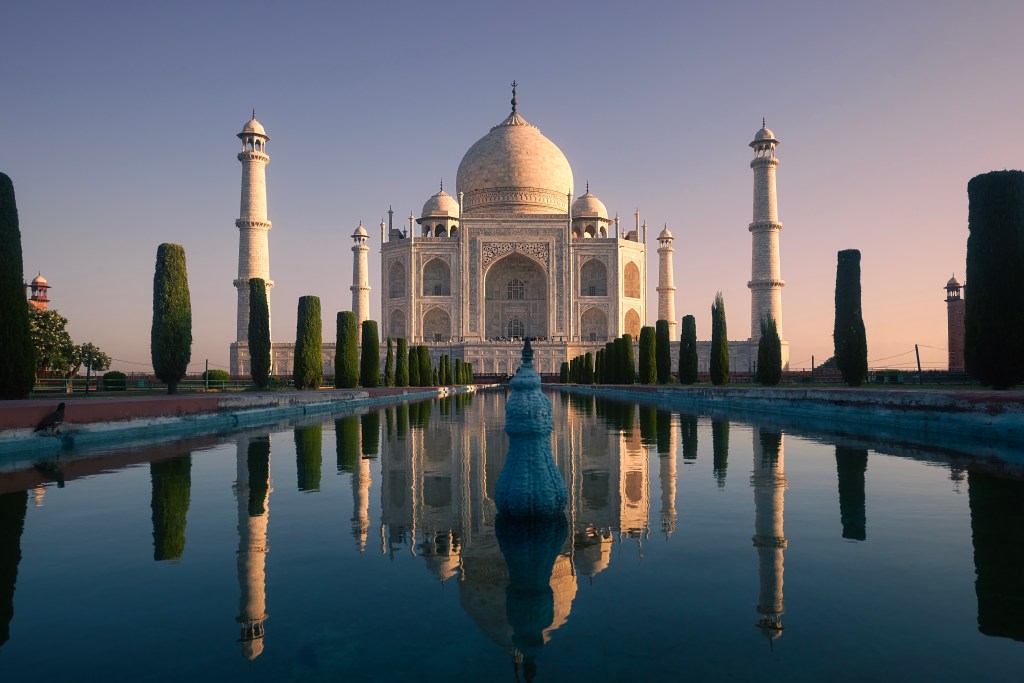
Built as a grand tomb for the Mughal Emperor’s beloved wife, the Taj Mahal stands as a symbol of enduring love… and gorgeous architecture. Both Empress Mumtaz Mahal and Emperor Shah Jahan are entombed inside. The stunning feat showcases Islamic and Mughal architecture, built with fine materials like red sandstone, white marble, and thousands of precious stones.
Christ the Redeemer, Brazil
Built 1931 CE
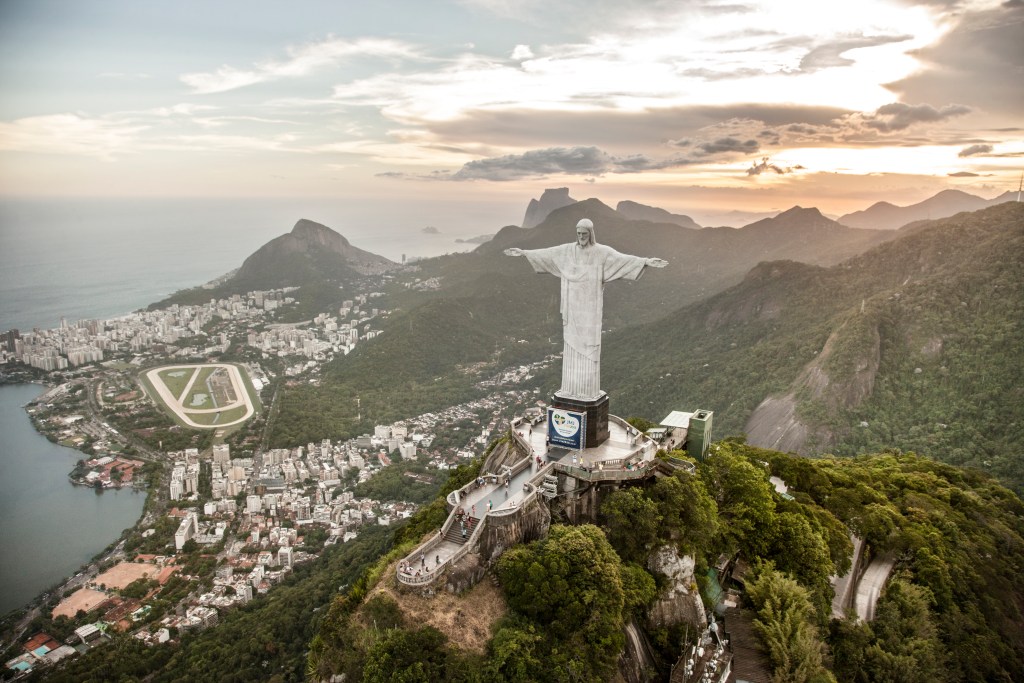
This world-famous statue is an Art Deco masterpiece that comes from a range of great minds around the world. It was created by artists and engineers from France, Romania, and Brazil and took almost ten years to complete. Standing atop Corcovado Mountain and staring over Rio de Janeiro, Christ the Redeemer has become a cultural icon of both Brazil and the city.
